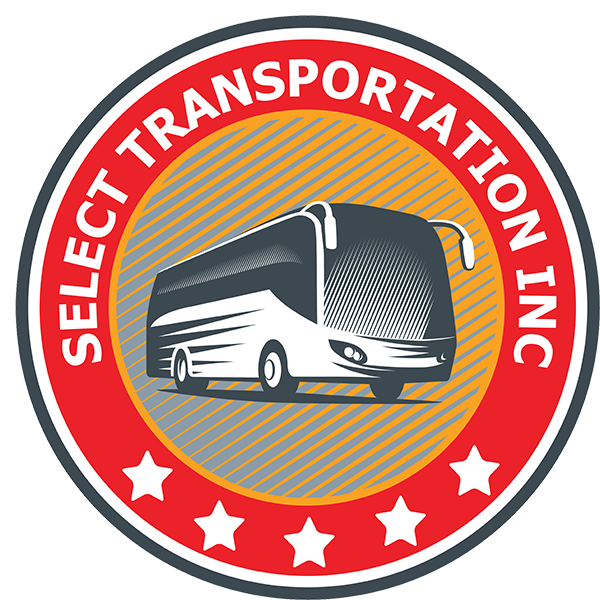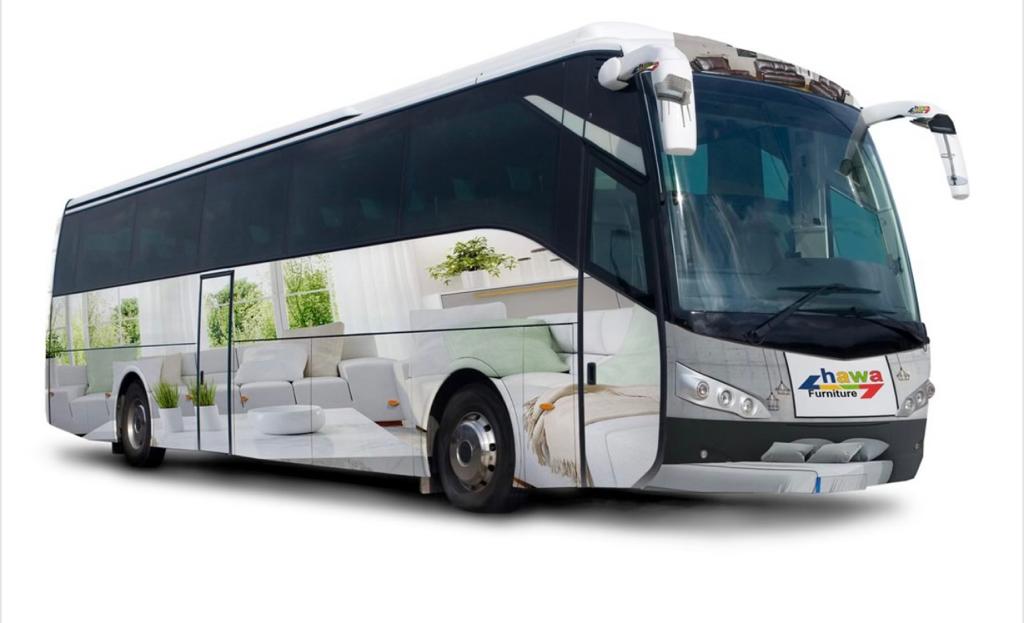In today’s crowded marketing world, standing out is harder than ever. Digital ads are everywhere, social feeds are oversaturated, and audiences are tuning out traditional marketing channels. But what if there was a way to take your brand directly to the streets — literally?
That’s where bus wraps come in. A wrapped bus transforms an ordinary vehicle into a powerful, moving billboard that reaches thousands of potential customers every single day. For businesses looking for large-scale visibility and long-lasting impact, wrap buses branding is one of the smartest, most cost-effective strategies available.
Let’s dive into why bus wraps have become the go-to choice for forward-thinking brands — and how real-world companies are using them to dominate attention wherever they go.
1. Turning Everyday Travel into a Marketing Powerhouse
A bus wrap is essentially a full or partial vinyl covering that displays your brand’s visuals, logos, and messaging across an entire bus. Unlike standard billboards or online ads, it’s mobile — meaning your marketing moves where your audience is.
Every time your wrapped bus drives through the city, parks at an event, or passes by a crowd, it’s generating impressions. And not just a few — studies show that vehicle wraps can generate 30,000 to 70,000 impressions per day in busy metropolitan areas.
That’s the kind of reach that traditional advertising channels can’t match without massive budgets.
A single wrapped bus can expose your brand to:
-
Commuters stuck in traffic
-
Pedestrians walking downtown
-
Tourists exploring new areas
-
Event attendees, students, and families
Wherever it goes, your message follows — day after day, mile after mile.
2. Massive Brand Visibility at a Fraction of the Cost
One of the most compelling benefits of wrap buses branding is cost efficiency.
Compared to other large-scale advertising methods like billboards, TV spots, or digital ad campaigns, bus wraps deliver exceptional return on investment (ROI).
Here’s why:
-
A single bus wrap can last up to 5 years with proper maintenance.
-
There are no recurring ad placement fees — once installed, your bus promotes your brand 24/7.
-
The cost per impression (CPI) is significantly lower than traditional ads.
For example, a national billboard campaign might cost thousands per month, limited to a single location. Meanwhile, a wrapped bus travels across neighborhoods, campuses, and highways — essentially multiplying your exposure for the same or lower cost.
It’s long-term visibility without long-term spending.
3. Capturing Attention Through Creative Design
When it comes to advertising, visibility isn’t enough — memorability is what drives results. And bus wraps deliver both.
The large surface area of a bus gives your brand designers an enormous creative canvas. You’re not limited to a small logo or tagline; you can showcase high-impact visuals, vibrant colors, product imagery, and dynamic graphics that are impossible to ignore.
Imagine a brightly wrapped bus featuring your company’s name in bold lettering, an eye-catching slogan, and a powerful call-to-action — driving past thousands of people daily. That’s moving brand awareness in the truest sense.
Studies show that consumers recall vehicle graphics more than any other outdoor advertising format because they feel organic — not forced. It’s not an intrusive pop-up or sponsored ad. It’s art in motion that people notice naturally.
4. 24/7 Brand Exposure — Rain or Shine
Unlike TV or radio ads that disappear after 30 seconds, a bus wrap works continuously — day and night.
Everywhere your bus goes, your brand goes too. Whether it’s parked outside a convention center, driving through busy urban routes, or waiting at a red light — it’s always on display.
And since most cities have year-round bus routes and charter services, your mobile billboard doesn’t take breaks. That means constant brand presence without additional marketing costs.
This “always-on” exposure builds brand familiarity and trust — key ingredients for long-term customer loyalty.
5. Real-World Case Study: Local Impact with National Reach
Let’s take a look at a real-world example of how wrap buses branding delivers measurable results.
A regional energy drink brand partnered with a transportation company to wrap five city buses in its signature colors and logo. Each bus featured bold graphics, a catchy tagline, and social media handles.
Over a three-month campaign:
-
The buses collectively traveled over 20,000 miles.
-
They passed through high-traffic areas like stadiums, college campuses, and shopping centers.
-
Local sales increased 22% in the areas where the buses frequently operated.
-
Social media mentions featuring photos of the buses increased brand engagement by 35%.
This case highlights a major strength of bus wrap advertising: It’s not just passive visibility — it drives real customer action.
6. A Branding Tool That Works for Every Industry
Whether you’re a local business or a national corporation, bus wraps offer value across all industries.
Some of the most common sectors using wrap buses branding include:
-
Tourism & Travel: Promoting tours, destinations, and travel packages.
-
Universities & Schools: Branding campus shuttles or event buses.
-
Sports Teams & Events: Promoting upcoming games and sponsors.
-
Retail & Consumer Brands: Advertising products, stores, or seasonal sales.
-
Corporate & Tech Companies: Reinforcing brand identity during conferences or roadshows.
-
Healthcare & Public Services: Sharing awareness messages and campaigns.
In every case, a wrapped bus instantly commands attention — and communicates credibility. A professionally branded vehicle signals that your business is established, modern, and invested in community visibility.
7. Enhancing Local Brand Familiarity
Local marketing success often depends on repetition — the more times people see your name, the more likely they are to remember it.
With bus wraps, your brand naturally becomes part of people’s daily routines. Commuters might see your bus every morning on their way to work. Shoppers might notice it parked near their favorite mall. Over time, your logo becomes familiar, and familiarity breeds trust.
Unlike digital ads that can be skipped or blocked, mobile branding integrates seamlessly into the real world. It’s an effective way to stay top of mind without overwhelming your audience.
8. Eco-Friendly and Modern Advertising
In a world increasingly focused on sustainability, bus wraps also offer an environmentally friendly advertising option.
Since they utilize existing vehicles rather than constructing new billboards or printing large paper ads, they minimize waste. Vinyl wraps themselves are also recyclable, and modern printing technologies use eco-solvent inks that are safer for the environment.
In addition, because your wrapped bus is a shared-use vehicle (such as a charter or shuttle), your brand is associated with eco-conscious transportation — a subtle but valuable boost to your corporate image.
9. Built-In Mobility and Flexibility
One of the biggest advantages of wrap buses branding is mobility. Your campaign isn’t tied to one neighborhood or one audience — it moves wherever the bus goes.
You can also strategically plan routes to target specific demographics. For example:
-
Drive through downtown business districts to reach professionals.
-
Circle college campuses to reach students.
-
Park at festivals, parades, or sporting events for high visibility.
That flexibility makes bus wraps perfect for both short-term promotions and long-term branding campaigns. You can even update or replace the wrap periodically to promote new services or seasonal offers.
10. Boosting Social Media and Community Engagement
One often overlooked benefit of bus wraps is how they create shareable moments. When people see an impressive wrapped bus, they often take pictures and post them online — generating organic social media exposure.
Brands can amplify this by encouraging hashtags or QR codes on the design itself, turning the bus into an interactive marketing tool.
Imagine a beautifully wrapped bus featuring your logo, a call-to-action like “Spot us and tag #RideWith[BrandName]!” — suddenly, your ad becomes user-generated content.
It’s a perfect blend of offline presence and online engagement — extending your campaign’s reach far beyond the streets.

